Since chlorine is no longer available as a cleaning detergent on Irish farms, farmers have had to adapt their milking equipment wash routines to maintain high milk quality.
For the majority of farmers, the transition to chlorine-free has been successful and credit is due to the overall industry for working together to achieve a positive outcome.
The end result is that the reputation of Irish dairy products on the world market is enhanced and safety standards copper-fastened.
The switch to chlorine-free isn’t smooth and there will be bumps along the road, even on farms with traditionally excellent milk quality results.
Table 1 is a checklist drawn up by David Gleeson from Teagasc of things farmers should do when faced with a milking equipment cleaning issue, most likely a high TBC or thermoduric reading.
David has also put together the wash protocols for all nominees in the NDC/Kerrygold Milk Quality Awards for 2021. The various milking machine wash protocols are outlined in Table 2.
David says that the average thermoduric count across the farms was 148 cfu/ml. On average, the farms were using 10 hot washes per week and three acid washes per week. Seven of the farms were using peracetic acid in the final rinse. He says that there are seven different cleaning products used across the 12 farms with no TBC issue on any of the farms.
“The key message for me is that top-quality milk can be achieved with different washing protocols, as long as adequate hot water and adequate acid washes are in place,” he says.




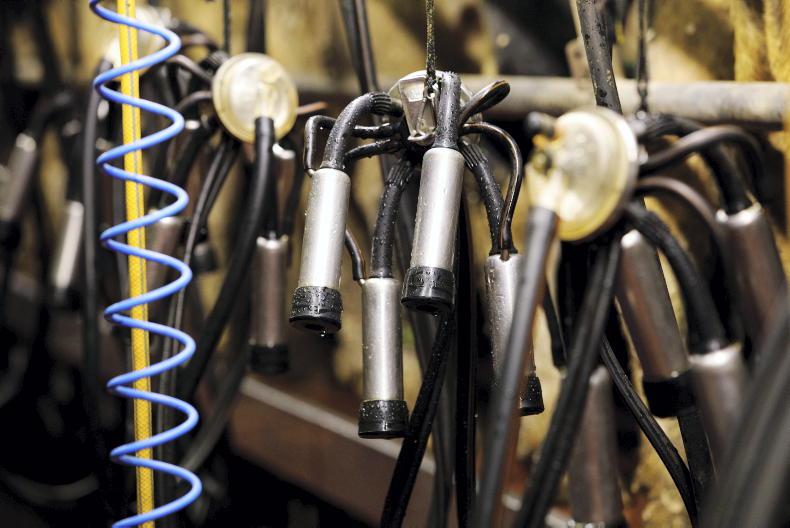
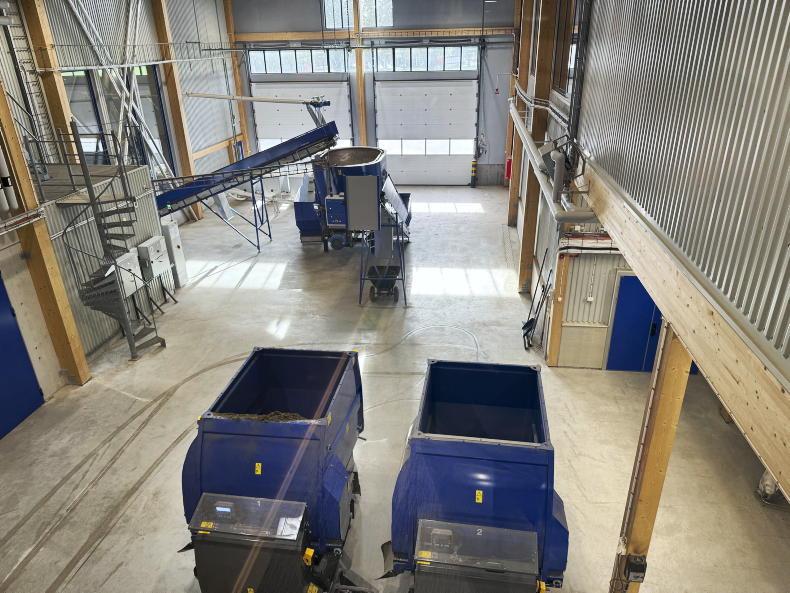

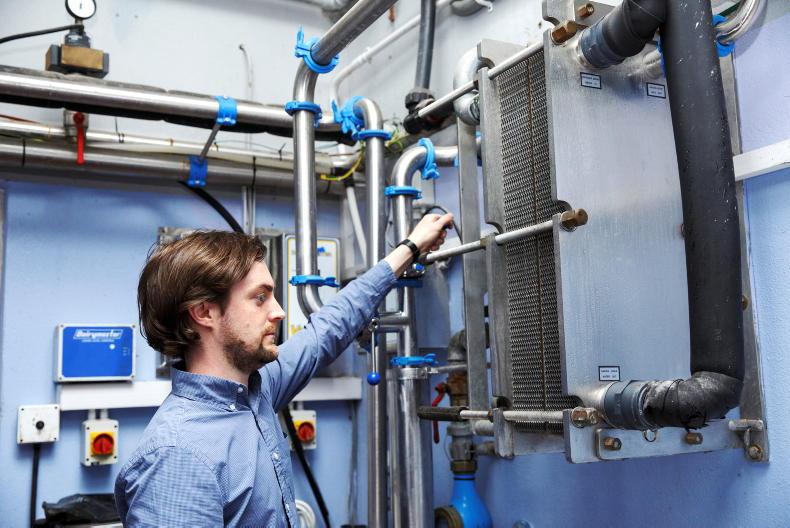
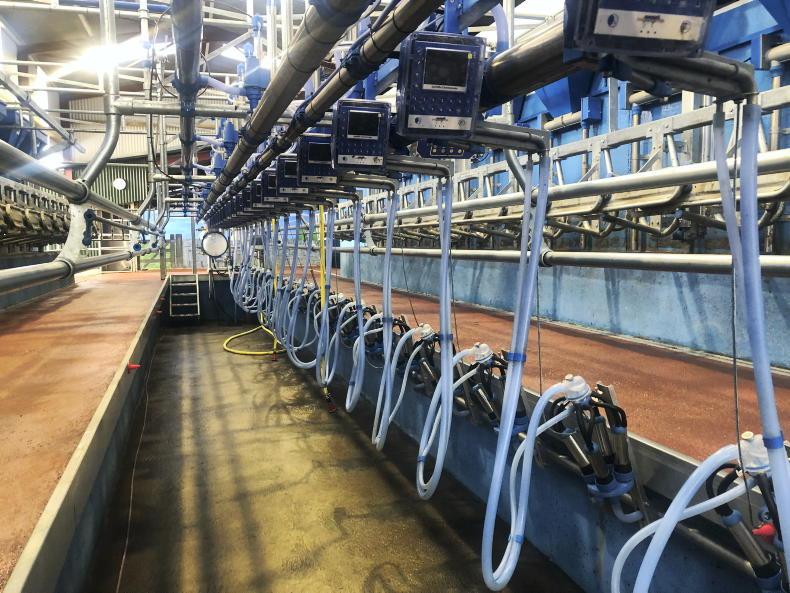
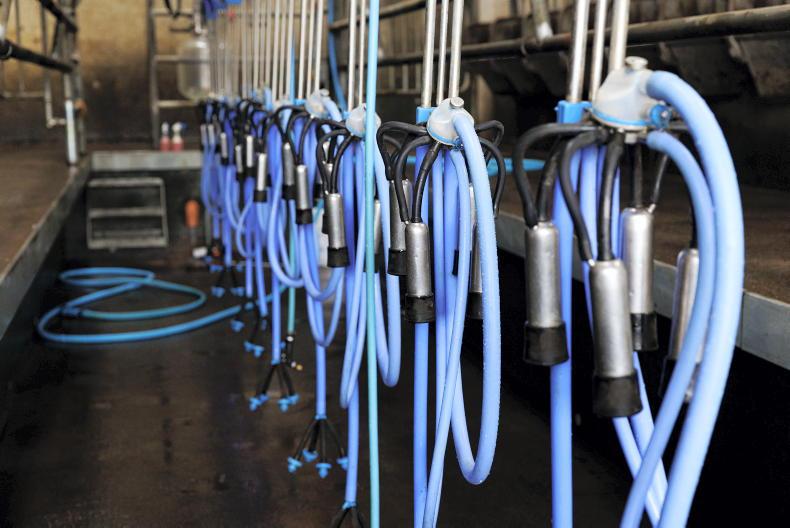
SHARING OPTIONS